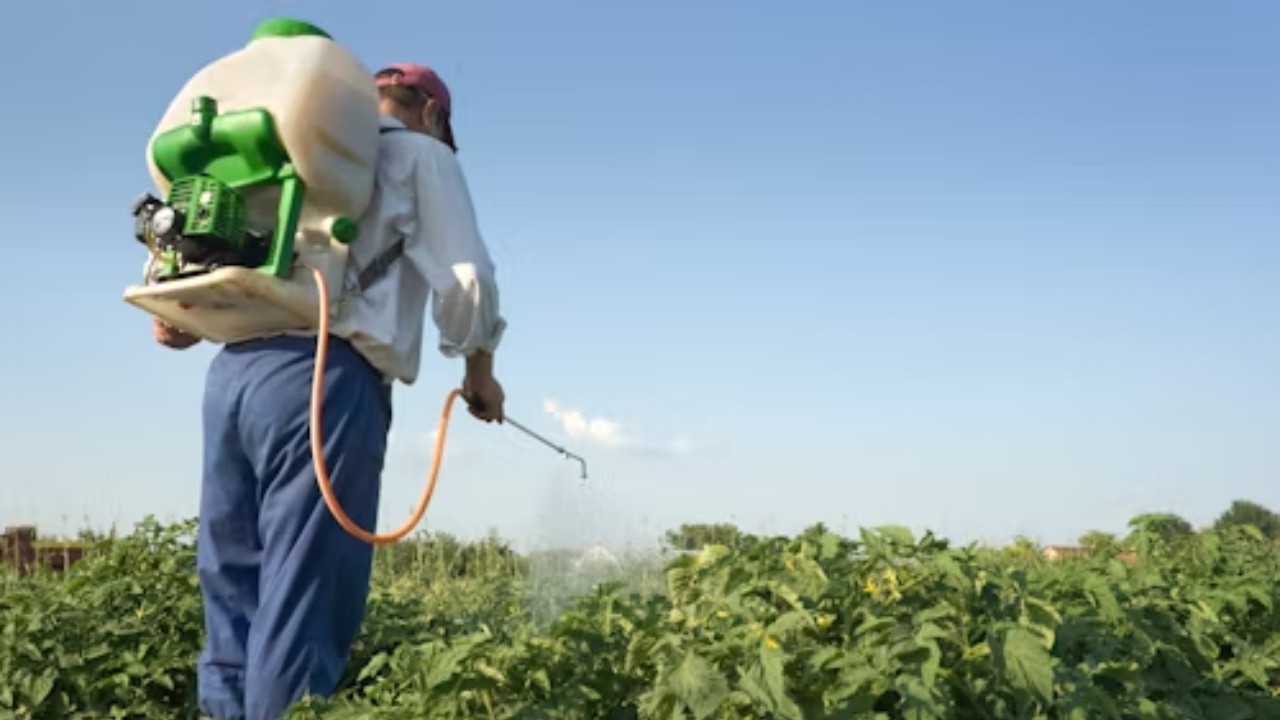
Agriculture GVA Growth Likely to Ease to 4.5% in Q1 FY26: ICRA (Image Source: Getty Images)
The growth rate of India’s agricultural Gross Value Added (GVA) is expected to slow slightly to 4.5 percent in the first quarter of the 2025-26 financial year, according to a report released by rating agency ICRA.
This is a drop from the 5.4 percent growth recorded in the previous quarter. Changes in agri-GVA directly affect rural income levels, household spending, and the broader economy. Higher farm output also helps keep food inflation in check, which supports stable monetary policies and reflects stronger crop production.
Although the growth forecast is lower, ICRA’s outlook for the sector stays strong due to good yields from rabi and most summer crops. For the entire financial year FY2026, the agency expects the agriculture, forestry, and fishing sectors to grow at a slower pace—between 3.5 to 4.0 percent—down from a provisional estimate of 4.6 percent in FY2025, assuming the Kharif season goes well.
The agency highlighted that crops like moong, rice, and maize have shown good progress in sowing, whereas soybean, arhar (pigeon pea), and urad lag behind last year’s levels. As of July 25, 72 percent of the normal area for pulses had been sown, compared to 69 percent at the same time last year. Year-on-year, that’s a 3.5 percent increase, mostly due to a strong rise in moong planting (up 16.1 percent). However, arhar dropped by 8.1 percent and urad by 6.7 percent, although sowing for urad continues till mid-September.
Oilseed acreage dropped by 2.2 percent year-on-year, mainly due to sharp falls in the sowing of niger (down 86.4 percent), sunflower (down 5.1 percent), and soybean (down 3.8 percent). Groundnut saw only slight growth, with a 1.0 percent increase in planted area.
The report also mentioned that the India Meteorological Department (IMD) expects above-average rainfall during August and September 2025, which, along with neutral El Niño conditions, should help the ongoing Kharif sowing. Still, the actual spread of rainfall across regions will be important to track.
India recorded above-average rainfall in July 2025—105 percent of the Long Period Average (LPA). This was just under the IMD’s forecast of over 106 percent for the month. However, there was a dip in rainfall during the latter part of July (0.5 percent below LPA), while the first half (July 1–15) saw a surplus of 11 percent above LPA, affecting overall agricultural activity.
Although the monsoon arrived early, it moved slowly in early June. Until June 15, 2025, the country saw only 69 percent of the normal rainfall. Later, between June 16 and June 30, rainfall increased sharply to 133 percent of the LPA.





Copyright © 2025 Top Indian News
